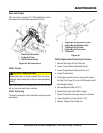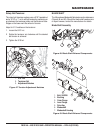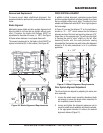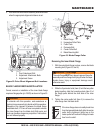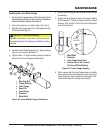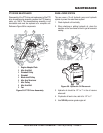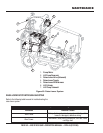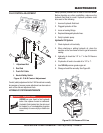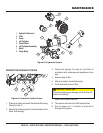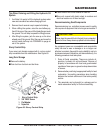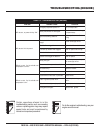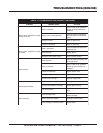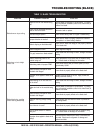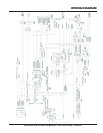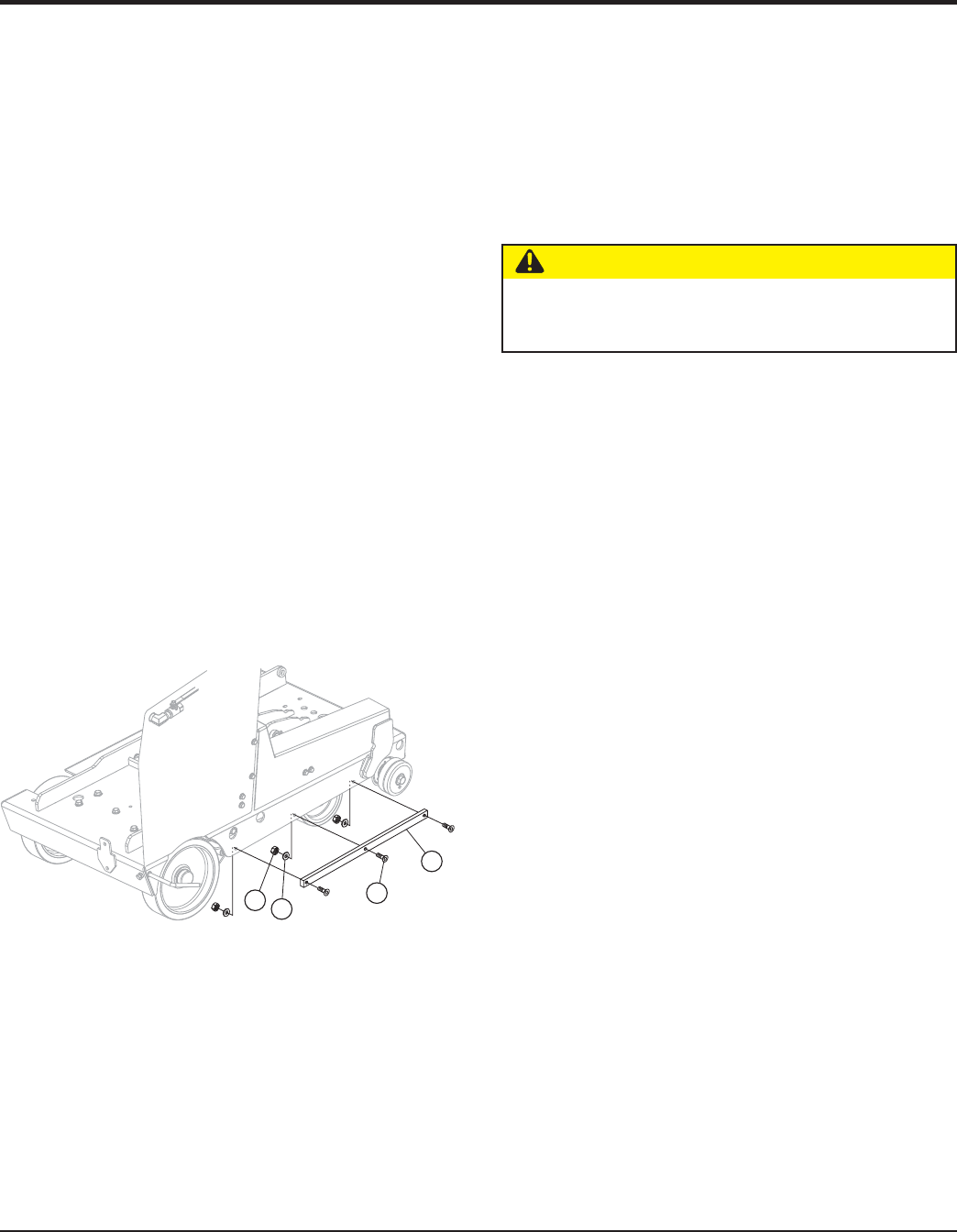
MQ SP4030 SAW • OPERATION MANUAL — REV. #0 (01/22/09) — PAGE 55
MAINTENANCE
Tips When Draining and Filling the Hydraulic Oil
System
1. It will take 3-4 quarts to fill the hydraulic system when
new and somewhat less when changing the oil.
2. Remove the oil reservoir cap to speed oil draining.
3. When refilling the system, raise the saw halfway up,
then lift the rear of the saw until the blade flanges touch
the ground. This will help to speed the filling process.
4. After filling the system, jack the saw up so the drive
wheels are off the ground. Start the saw and move the
control handle half way into FORWARD to purge air
out of the system.
Slurry Control Strip
If your saw is not already equipped with it, a slurry control
strip is available from the manufacturer. See Figure 65.
Long Term Storage
■
Remove the battery.
■
Drain fuel from fuel tank and fuel lines.
CAUTION — Fuel
Never store the saw with fuel in the tank for any extended
period of time. Always clean up spilled fuel immediately.
1
4
3
2
1. Slurry Control Strip
2. 3/8" FHSC Screw
3. Flat Washer
4. Nyloc Nut
Figure 65. Slurry Control Strip
■
Clean exterior with a cloth soaked in clean oil.
■
Store unit covered with plastic sheet in moisture and
dust-free location out of direct sunlight.
Decommissioning Saw/Components
Decommissioning is a controlled process used to safely
retire a piece of equipment that is no longer serviceable. If
the equipment poses an unacceptable and unrepairable
safety risk due to wear or damage or is no longer cost
effective to maintain (beyond life-cycle reliability) and is to
be decommissioned (demolition and dismantlement), the
following procedure must take place:
1. Drain all fluids completely. These may include oil,
gasoline, hydraulic oil and antifreeze. Dispose of
properly in accordance with local and governmental
regulations. Never pour on ground or dump down drains
or sewers.
2. Remove battery and bring to appropriate facility for lead
reclamation. Use safety precautions when handling
batteries that contain sulfuric acid. See battery safety
section.
3. The remainder can be brought to a salvage yard or
metal reclamation facility for further dismantling.



